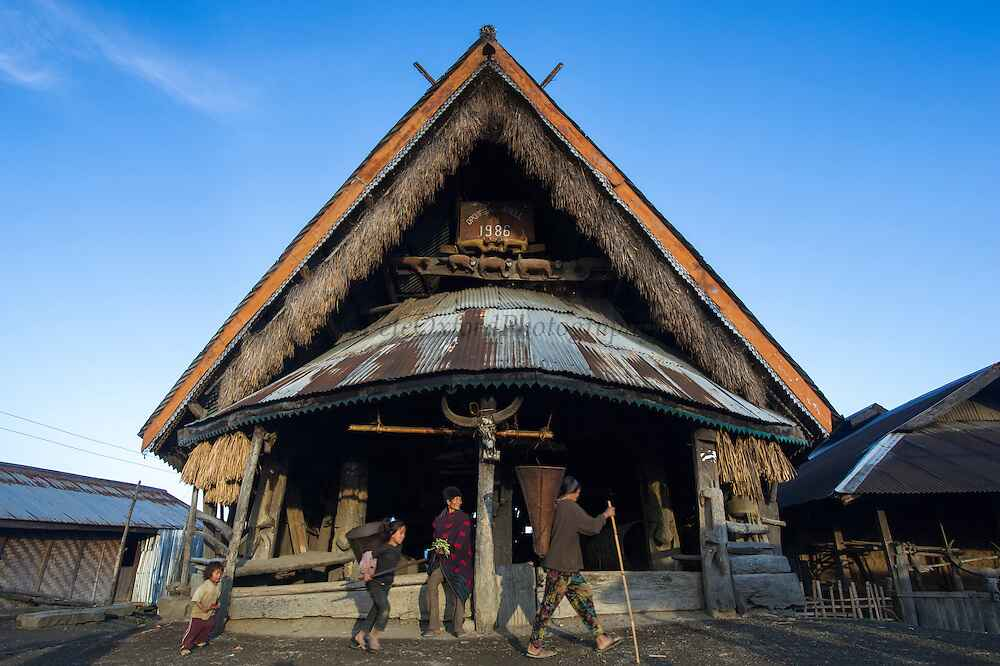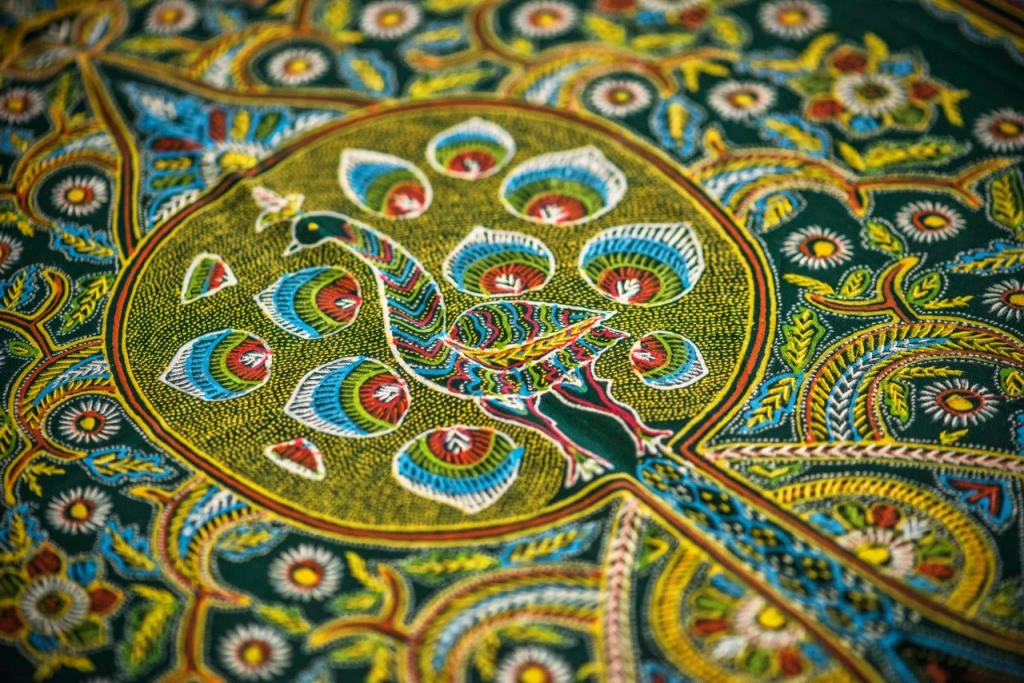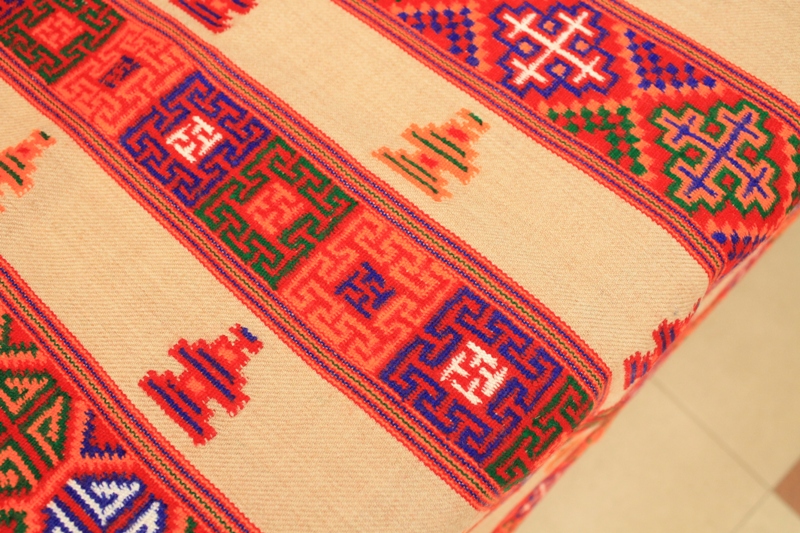Now Reading: How Nagaland’s Bamboo Architecture is Redefining Sustainability
-
01
How Nagaland’s Bamboo Architecture is Redefining Sustainability
How Nagaland’s Bamboo Architecture is Redefining Sustainability

In Nagaland, bamboo is more than just a building material—it’s part of the culture, lifestyle, and identity. For centuries, local communities have used it to construct homes, bridges, and even furniture. Now, with growing conversations around climate change and eco-friendly living, the world is beginning to notice how this age-old tradition is a model for modern sustainability.
Bamboo grows abundantly in Nagaland’s hilly terrain and matures within three to five years, making it a renewable and cost-effective resource. Its natural strength rivals steel in certain applications, yet it is lightweight and easy to work with. Traditional Naga architecture uses bamboo not just for walls and roofs but also for flooring, partitions, and decorative elements, creating structures that blend seamlessly with the environment.
What makes this approach sustainable is its minimal carbon footprint. Bamboo houses require fewer industrial processes compared to cement or steel constructions. Additionally, the plant absorbs significant amounts of carbon dioxide during growth, helping to offset greenhouse gas emissions. The designs are also naturally suited to the local climate—bamboo structures stay cool in summer and warm in winter, reducing the need for artificial heating or cooling.
Communities in Nagaland have also shown that bamboo construction can evolve without losing its heritage value. Modern architects are experimenting with hybrid models that combine traditional weaving techniques with contemporary designs, creating spaces that are both stylish and environmentally responsible. This has led to bamboo being used not only in rural homes but also in resorts, public buildings, and even urban cafes.
Nagaland’s example highlights that sustainable living doesn’t always require high-tech solutions. Sometimes, it means looking back at what has worked for generations and adapting it for today’s needs. As climate concerns grow, bamboo architecture from the Northeast could inspire cities across India to rethink how we build—without losing touch with nature

























